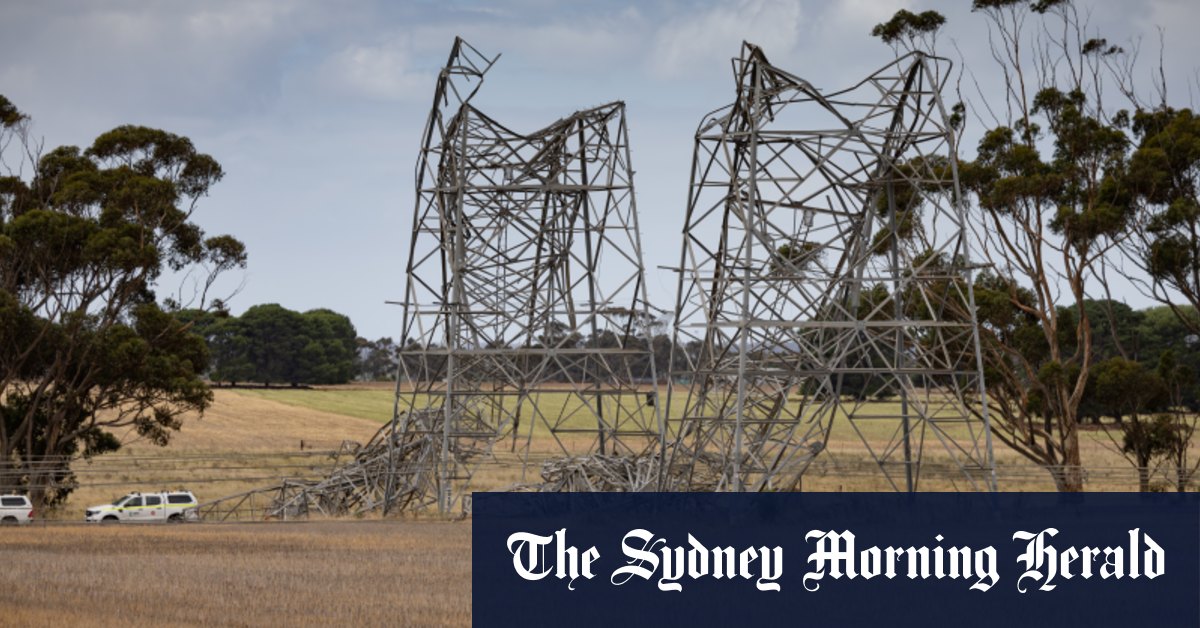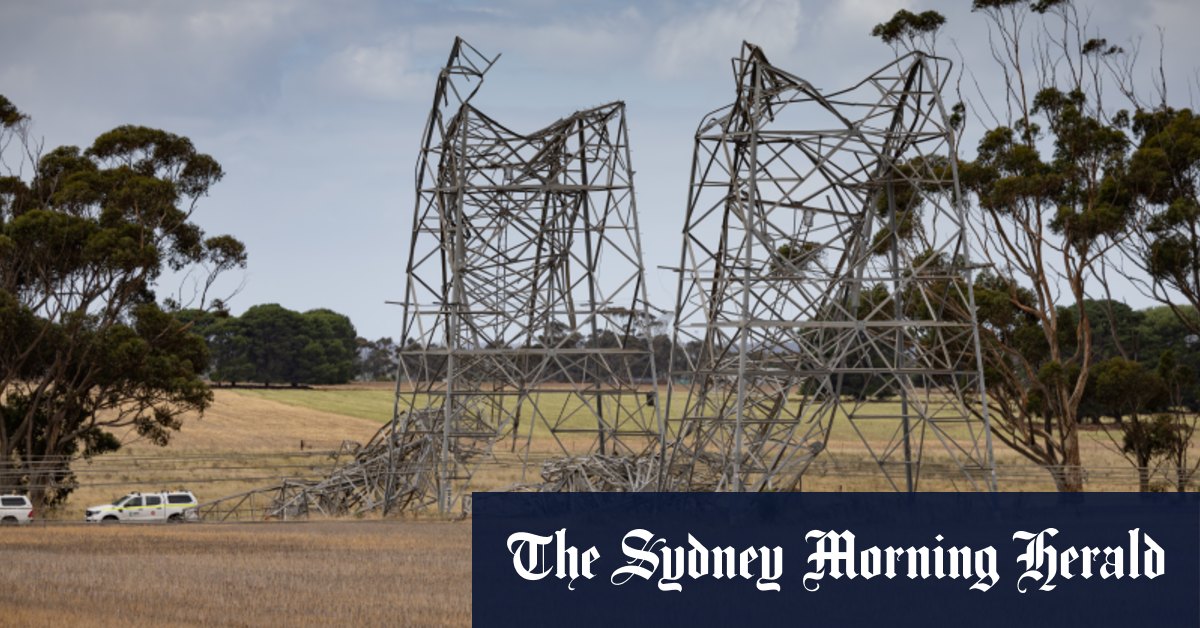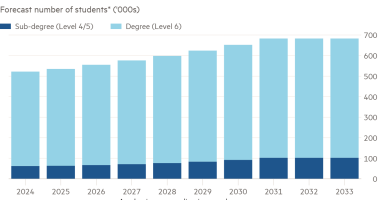
The rising price of electricity has been a major driver of cost-of-living pressures across Australia. Wholesale electricity prices rose sharply in 2022, blowing out customers’ power bills by hundreds of dollars. The increases followed a spate of breakdowns at ageing coal-fired power stations, which forced utilities to buy additional coal and gas to fill shortfalls just as prices were trading at record highs due to the war in Ukraine.
“It’s encouraging to see forward prices for electricity fall for the next calendar year … However, they continue to be sensitive to market conditions”.
Jarrod Ball, Australian Energy Regulator board
Since then, prices have retreated as a continuing influx of cheaper renewable energy into the grid has cut the use of more expensive coal-fired power, while milder weather has generally kept a lid on demand.
The energy regulator is already preparing to cut “default market offers” – the maximum prices retailers can charge east coast customers on standard bills – by up to 7 per cent from July 1.
The Albanese government, which aims to boost renewable sources to 82 per cent of the electricity grid by 2032, says accelerating the green energy rollout will lead to lower prices.
“As the recent default market offer for retail electricity shows, our plan for clean, reliable renewable generation supported by flexible batteries and gas is already working to ensure lower wholesale prices flow through to benefit households and businesses,” Climate Change and Energy Minister Chris Bowen said.
Loading
The regulator’s latest report, to be released on Thursday, raises the possibility of further relief next year as future electricity prices for the 2025 calendar year fell on average in all regions. Decreases range from $1 per megawatt-hour in Queensland to $12 per megawatt-hour in South Australia.
“It’s encouraging to see forward prices fall for the next calendar year,” Ball said. “However, they continue to be sensitive to market conditions.”
Further unexpected weather shocks, such as those in Queensland and Victoria this year, could pose risks for future retail prices.
CSIRO’s latest State of the Climate report warned extreme weather events, including storms, high winds and heatwaves, would continue to occur more frequently.
Greenhouse emissions are set to raise the global average temperature in the future, and the heat will fuel weather systems, driving higher winds, heavier downpours and hotter heat waves.
Wholesale prices are only one component of household bills, which also include retail costs and charges towards maintaining and upgrading electricity transmission and distribution networks.
Read more:
Read More: World News | Entertainment News | Celeb News
SMH










